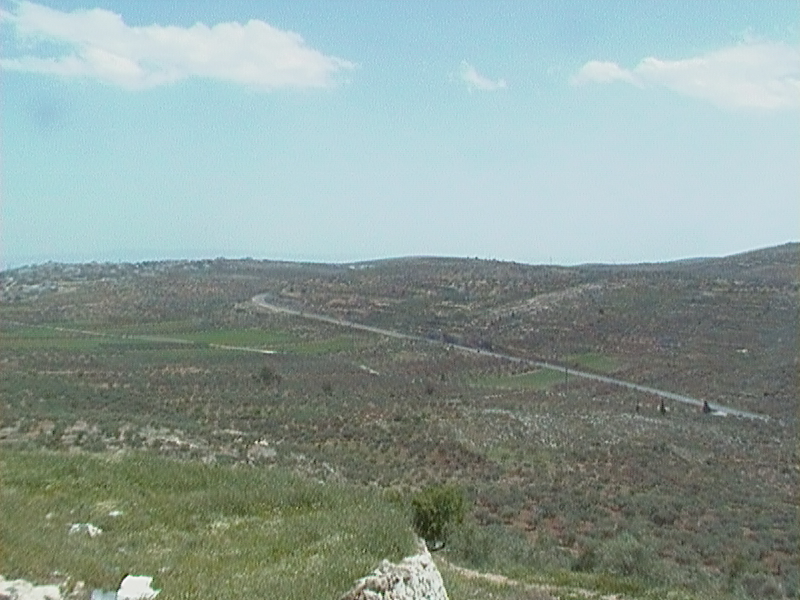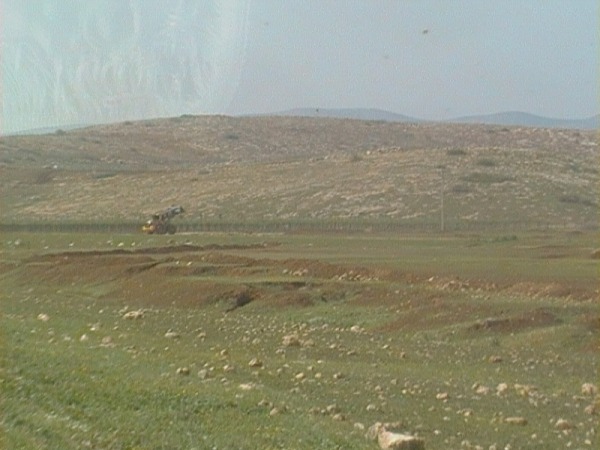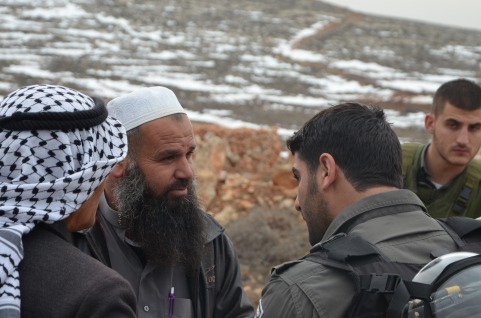Tag: Land confiscation
-
Arrests and stolen land in Osarin village
10th April 2014 | International Solidarity Movement, Nablus Team | Osarin, Occupied Palestine In the last month, the Israeli army has arrested 10 boys under the age of 16 from Osarin village. As of today, they all remain in the prison. This is the latest in a long line of tactics employed by the Israeli military…
-
Injustice in Al Maleh
17th March 2014 | International Solidarity Movement, Nablus Team | Jordan Valley, Occupied Palestine The Israeli occupation in Palestine can be seen in many different ways. In the Al Maleh area of the Jordan Valley (area C, which is under full Israeli military control) 450 Palestinian families, including 100 Bedouin families are spread through 13…
-
Israeli army confiscates land in Qusra
26th December 2013 | International Solidarity Movement, Nablus Team | Qusra, Occupied Palestine Israeli soldiers have declared a road south of Qusra, in Nablus District, a security zone, thus denying villagers access to over 500 dunams of their farmland. At 10:00 this morning, Israeli soldiers positioned themselves at various strategic points around the village. The commander then held…



